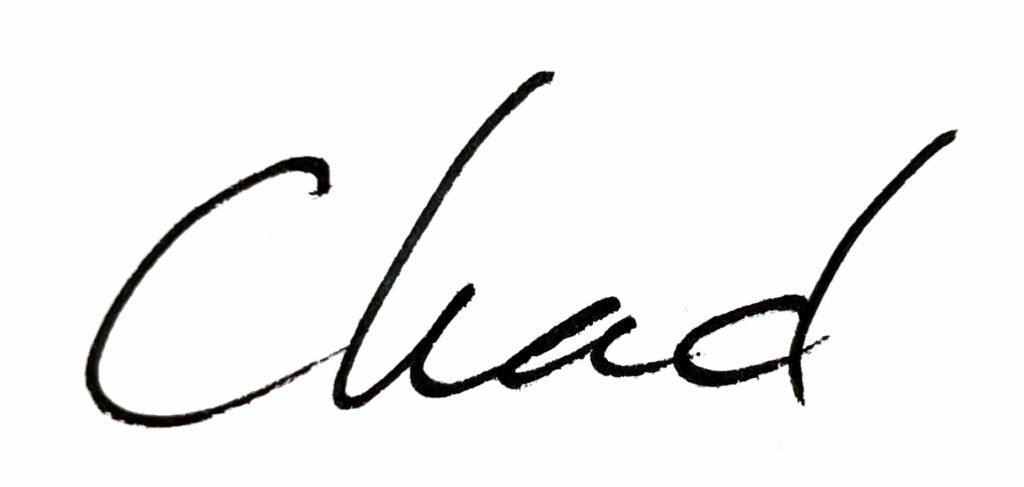There are many things to consider when preparing to prune apples and grape vines. There’s also some watch outs. See our guide attempting to break it down.
by Chad Steiner
Introduction
Pruning is one of the most important practices for keeping apple trees and grape vines healthy, productive, and long-lived. At Chelan Valley Farms, we take a careful, hands-on approach to pruning, ensuring our apples and grapes produce the best possible fruit each season. Whether you’re tending your backyard orchard or a few grapevines, this guide will help you understand when, why, and how to prune effectively.
You can also check out our prior blog deep diving into this topic with pictures: Prior Blog.
Pruning Apple Trees
Why Prune?
Pruning helps:
- Manage crop load – The first and most important step in determining how much fruit the tree will carry that year. By removing excess buds, we allow the tree to direct energy into producing better quality fruit rather than excessive, weak growth.
- Improve sunlight penetration – Ensures that remaining fruit gets enough light for optimal ripening.
- Increase airflow – Reduces the risk of fungal diseases and pests.
- Shape the tree – Creates stronger branch structure to support future harvests.
- Remove dead or unproductive wood – Keeps the tree healthy and promotes new growth.
When to Prune?
The best time to prune apple trees is late winter to early spring, when trees are still dormant but the hardest cold spells have passed.
How to Prune Apple Trees
Step 1: Determine Your Crop Load
- Before making any cuts, decide how much fruit the tree should carry based on its age, variety, and vigor.
- More buds = higher yield but smaller fruit.
- Fewer buds = lower yield but larger, better-quality apples.
- For mature trees, aim to leave one fruiting spur every 6 inches along the branches.
Step 2: Start with Dead or Diseased Wood
- Remove broken, dead, or diseased branches first.
- Cut at an angle just outside the branch collar (the raised area where the branch meets the trunk).
Step 3: Open Up the Canopy
- Remove branches that cross or rub against each other.
- Thin out crowded areas to let in more light.
Step 4: Maintain the Desired Shape
- For young trees, aim for a strong central leader with evenly spaced scaffold branches.
- For mature trees, maintain an open-center or modified central leader shape for good fruit production.
Step 5: Shorten Long Branches & Manage Spurs
- Cut back long branches to balance growth and fruiting.
- Thin spurs carefully—removing excess ones allows the tree to put more energy into fewer, higher-quality apples.
Step 6: Keep the Right Balance
- Prune no more than 20-30% of the tree each year to avoid stress.
Pruning Grape Vines
Why Prune?
Grapes grow on one-year-old wood, meaning pruning is essential for keeping vines productive. Proper pruning ensures:
- Crop load management – The primary way to determine how much fruit the vine will carry. More buds mean higher yields with smaller grapes, while fewer buds result in lower yields with better ripeness and complexity.
- High-quality fruit – Encourages better flavor development and balanced vine growth.
- Strong vines – Maintains a structured framework to support fruit weight.
- Disease prevention – Reduces overcrowding and improves air circulation to minimize rot and mildew.
When to Prune?
Grape pruning is best done in late winter to early spring, before buds break but after the harshest cold.
How to Prune Grape Vines
At Chelan Valley Farms, we use Spur Pruning, a method that keeps vines structured and productive while simplifying maintenance.
Spur Pruning (Chelan Valley Farms’ Method)
Step 1: Determine Crop Load Before You Cut
- Decide how much fruit the vine should carry based on its vigor and trellis system.
- Fewer buds = smaller yield but higher-quality grapes.
- More buds = higher yield but smaller, potentially underripe fruit.
- A mature vine should have spurs spaced about 4-6 inches apart along the cordon.
Step 2: Identify the Cordons
- These are the permanent horizontal arms of the vine.
Step 3: Select & Prune Spurs
- Leave short spurs with 2-3 buds each along the cordon. These will grow into new fruiting shoots for the season.
- Remove all excess shoots and weak canes.
Step 4: Maintain Even Spacing
- Ensure that each remaining bud has room to grow and get sunlight.
Step 5: Clean Up & Check Trellis Support
- After pruning, inspect trellis wires and vine ties to ensure proper vine training.
Common Mistakes to Avoid in both Apples and Grapes
🚫 Over-pruning – Removing too much can lower your yield beyond what was intended. In both apples and grapes it’s ok to remove fruit or vegetation later if you have to.
🚫 Pruning too late – If buds have already started to grow, the plant wastes energy on unnecessary shoots.
🚫 Leaving too many buds – More isn’t always better! Managing crop load improves fruit quality.
🚫 Leaving stubs – Always cut just above a bud or branch collar for proper healing.
Final Thoughts
At Chelan Valley Farms, we feel like pruning is an art and a science. Taking the time to prune properly each winter means healthier trees, better fruit, and thriving vines. Whether you’re pruning a single apple tree or a row of grapevines, following these simple yet effective steps will set you up for success.
Additional Resources & References
Chelan Valley Farms has referenced the following sources for its pruning methods:
📌 Washington State University Extension – Pruning Grapes & Fruit Trees
Apples: https://extension.wsu.edu/maritimefruit/pruning-tree-fruit-the-basics/
📌 University of California Agriculture & Natural Resources – Grapevine Pruning
https://iv.ucdavis.edu/files/24348.pdf
📌 Oregon State University – Growing Grapes in Your Home Garden
https://ir.library.oregonstate.edu/xmlui/bitstream/handle/1957/18935/ec1305.pdf
📌 Cornell Cooperative Extension – Pruning & Training Grapevines
I hope this guide and these resources prove helpful!!
Cheers,




